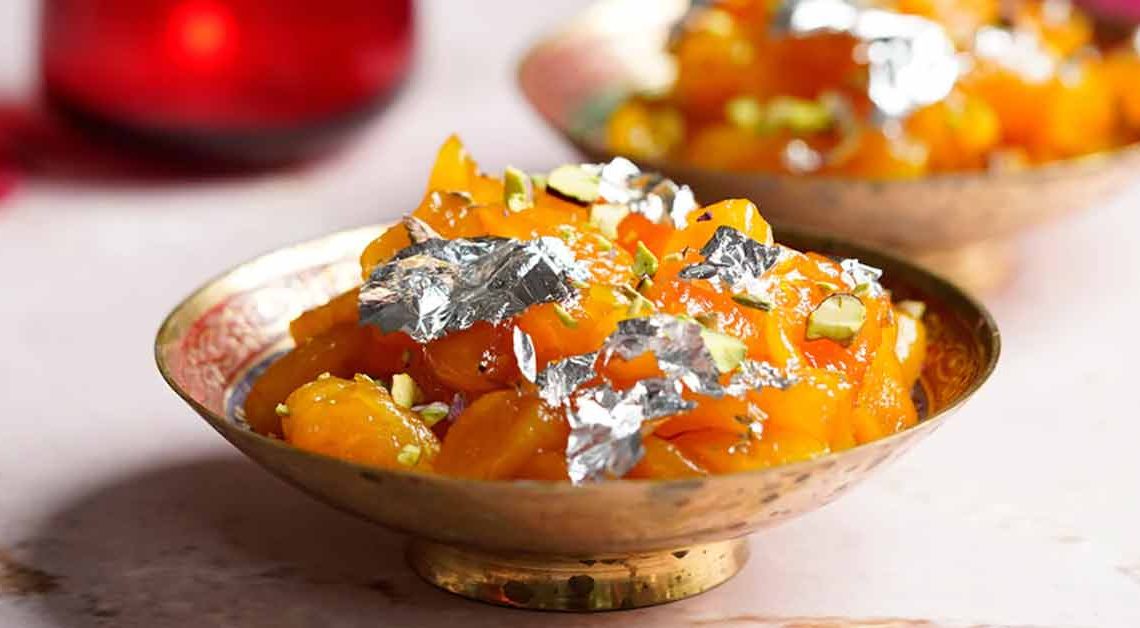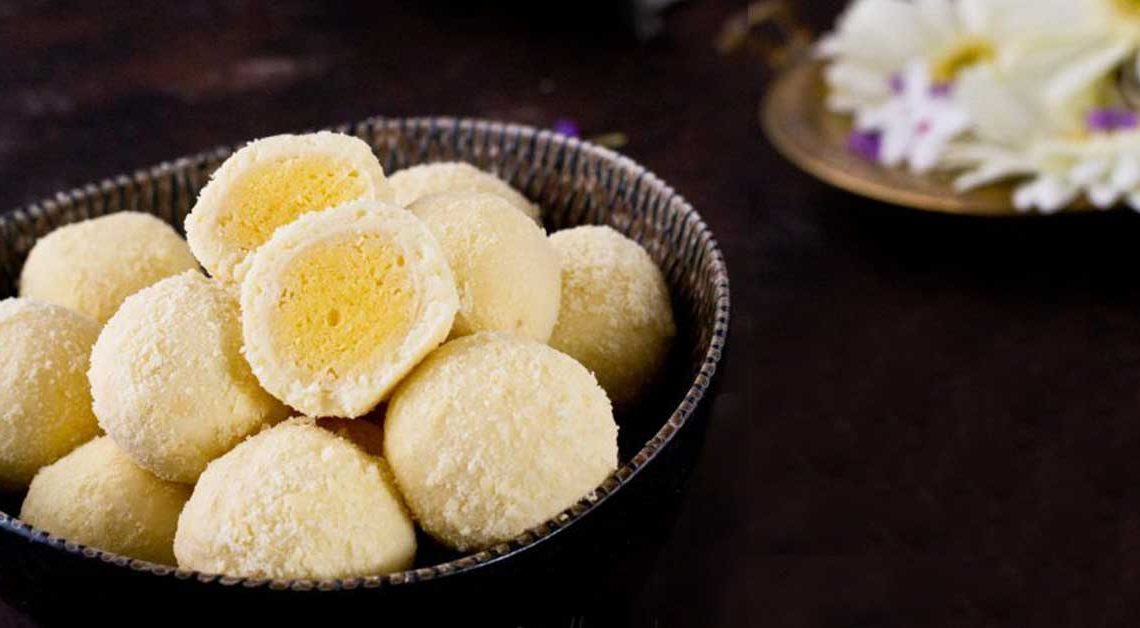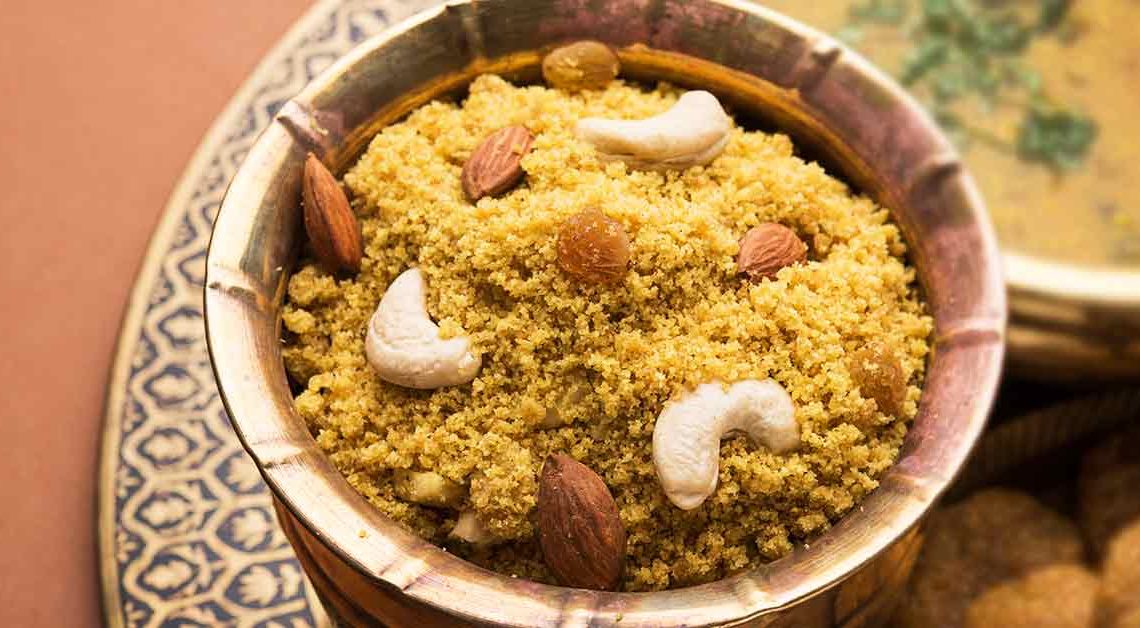A Sweet Treat from the Heart of India: Khubani Ka Meetha

Step into a world where succulent apricots dance in a symphony of sweetness, where tradition and flavor collide to create a dessert that’s more than just a treat—it’s a journey through history. Welcome to our culinary haven, where we unravel the enchanting tale of Khubani Ka Meetha, a beloved gem from the royal kitchens of Hyderabad.
Close your eyes and imagine the aroma of saffron-infused apricots, tenderly cooked until they surrender their essence to a luscious syrup. Picture the velvety texture and the way each bite melts on your tongue, leaving behind a tapestry of flavors that tell the story of centuries gone by.
At Mithainama, we’re not just a food blog; we’re storytellers, adventurers, and connoisseurs of all things sweet. Join us as we delve into the history, the legends, and the artistry behind Khubani Ka Meetha. From its humble origins as a royal indulgence to its modern-day variations.
Embark on this delectable voyage with us, and let’s uncover the magic that turns simple apricots into an unforgettable dessert. Let the journey to the heart of Khubani Ka Meetha begin!
Origin of Khubani Ka Meetha
The origin can be traced back to the royal kitchens of Hyderabad, India. This delectable dessert is deeply intertwined with the culinary heritage of the Nizams, the rulers of the historic Hyderabad state.
Legend has it that Khubani Ka Meetha was introduced during the reign of the sixth Nizam, Mahbub Ali Pasha. The Nizams were known for their extravagant and refined taste in food, and this dessert was no exception. The dish was created as a sumptuous way to enjoy the seasonal bounty of apricots, which were abundant in the region.
Apricots, also known as “khubani” in Urdu, are the star ingredient of this dessert. They are gently stewed in sugar syrup, allowing their natural flavors to meld with the sweetness of the syrup. Saffron, cardamom, and other aromatic spices are often added to enhance the taste and aroma. The result is a rich, velvety concoction that’s served either warm or cold, sometimes accompanied by a dollop of fresh cream or ice cream.
History of Khubani Ka Meetha
The history is deeply rooted in the cultural and culinary heritage of Hyderabad, India. This iconic dessert has its origins in the royal kitchens of the Nizams, who ruled over Hyderabad and its surrounding regions.
The dish’s creation can be attributed to the sixth Nizam of Hyderabad, Mahbub Ali Pasha, who reigned during the late 19th century. The Nizams were known for their opulent lifestyles and their patronage of the arts, including the culinary arts. It is said to have been born out of the Nizams’ appreciation for exquisite flavors and their inclination to experiment with ingredients.
The main ingredient, apricots (known as “khubani” in Urdu), was introduced to India from Armenia and Central Asia. The fertile lands around Hyderabad provided an ideal environment for apricot trees to thrive. When the apricot season arrived, the Nizams’ chefs transformed these luscious fruits into a dessert fit for royalty.
Originally, Khubani Ka Meetha was reserved for special occasions and lavish feasts in the royal court. However, over time, it became a beloved part of Hyderabad’s culinary culture, transcending the palace walls to become a popular dessert enjoyed by locals and visitors alike. Families began to recreate the recipe at home, adding their own twists and variations.
Cultural Significance
Khubani Ka Meetha holds a significant place in the cultural tapestry of Hyderabad and the broader Indian culinary landscape. Its cultural significance can be observed through various dimensions:
Historical Heritage: The dessert’s origin in the royal kitchens of Hyderabad connects it to the Nizams, who played a pivotal role in shaping the region’s history. Khubani Ka Meetha serves as a tangible link to the opulence and refined taste of the Nizam era.
Celebrations and Festivals: It has become synonymous with celebrations and festive occasions in Hyderabad. It is often served at weddings, Eid celebrations, and other important events, signifying abundance, sweetness, and the sharing of joyous moments with loved ones.
Culinary Identity: As a unique dessert deeply rooted in Hyderabad’s culinary heritage, Khubani Ka Meetha contributes to the city’s distinct culinary identity. It represents the fusion of local ingredients and international influences, reflecting the multicultural history of the region.
Where is Khubani Ka Meetha Famous?
Khubani Ka Meetha is most famous in the city of Hyderabad, which is located in the southern part of India, in the state of Telangana. Hyderabad is known for its rich culinary heritage, influenced by the Nizams’ royal cuisine and the amalgamation of various cultural influences. The dish has deep roots in Hyderabad’s history and is closely associated with the city’s cultural identity.
While Khubani Ka Meetha is most famous in Hyderabad, its fame has spread beyond the city’s borders. Indian restaurants and eateries across the country often feature this iconic dessert on their menus, allowing people from different regions to savor its unique flavors. Additionally, as Indian cuisine gains popularity globally, it has been introduced to international audiences, making appearances on the menus of Indian restaurants around the world.
Interesting Facts and Trivia
Certainly! Here are some interesting facts and trivia related to Khubani Ka Meetha:
- The name “Khubani Ka Meetha” literally translates to “sweet dish of apricots” in Urdu, reflecting its primary ingredients and its nature as a dessert.
- Hyderabad’s climate is conducive to growing apricot trees, and the abundance of apricots during their season led to the creation of this dessert.
- While fresh apricots can be used, the traditional recipe uses dried apricots. These are rehydrated and stewed in sugar syrup, imparting a rich flavor and texture to the dish.
- It is often served with a dollop of fresh cream or a scoop of vanilla ice cream, adding a creamy contrast to the sweetness of the dessert.
- While the traditional recipe is well-known, families often add their own unique twists to the dessert. Some variations include adding nuts like almonds or pistachios for added crunch.
Did You Know?
Did you know? Apart from its delectable taste, Khubani Ka Meetha offers a sweet dose of health benefits too! This iconic dessert, made from apricots, contains dietary fiber and essential nutrients. These benefits include:
- It is a good source of dietary fiber, which supports healthy digestion and can help prevent constipation.
- Apricots are rich in vitamins A and C, essential for maintaining healthy skin, eyesight, and a strong immune system. They also provide minerals like potassium and iron.
- The saffron and apricots in this dessert contain antioxidants that help protect your cells from oxidative stress, potentially reducing the risk of chronic diseases.
- The dietary fiber and potassium content in apricots contribute to heart health by helping to manage blood pressure levels and supporting overall cardiovascular function.
- When consumed in moderation, it can be a guilt-free indulgence, as apricots are relatively low in calories compared to many other desserts.







